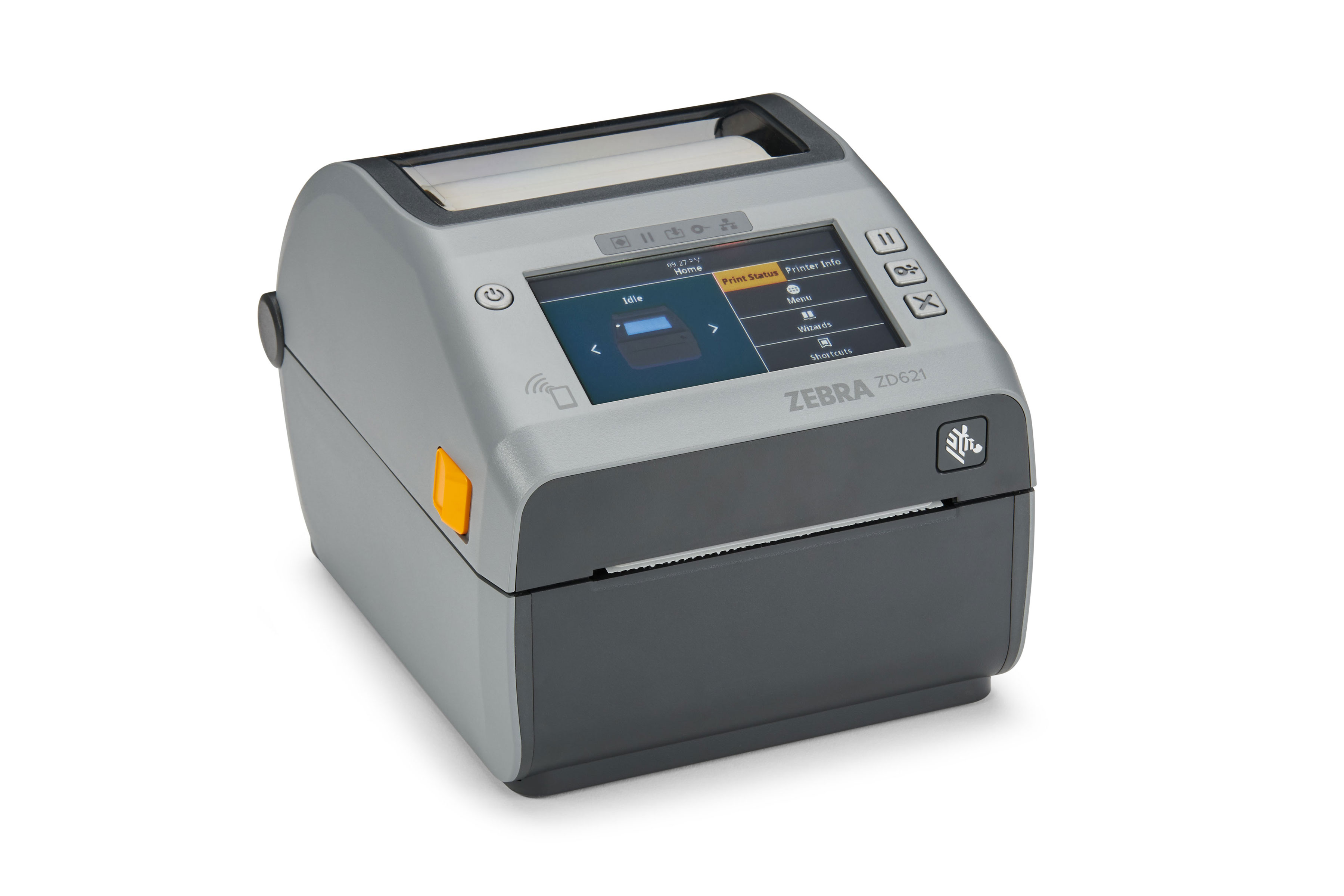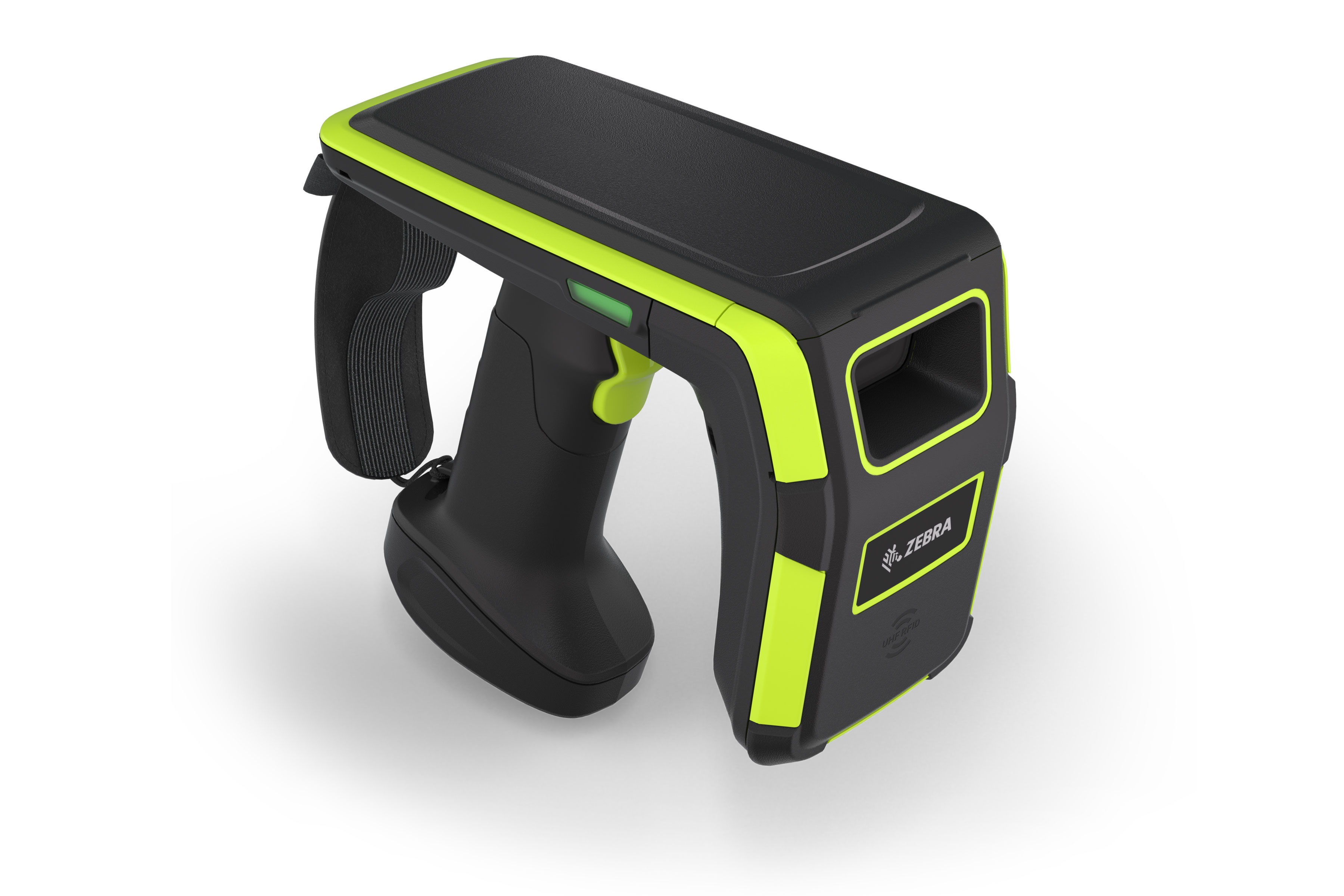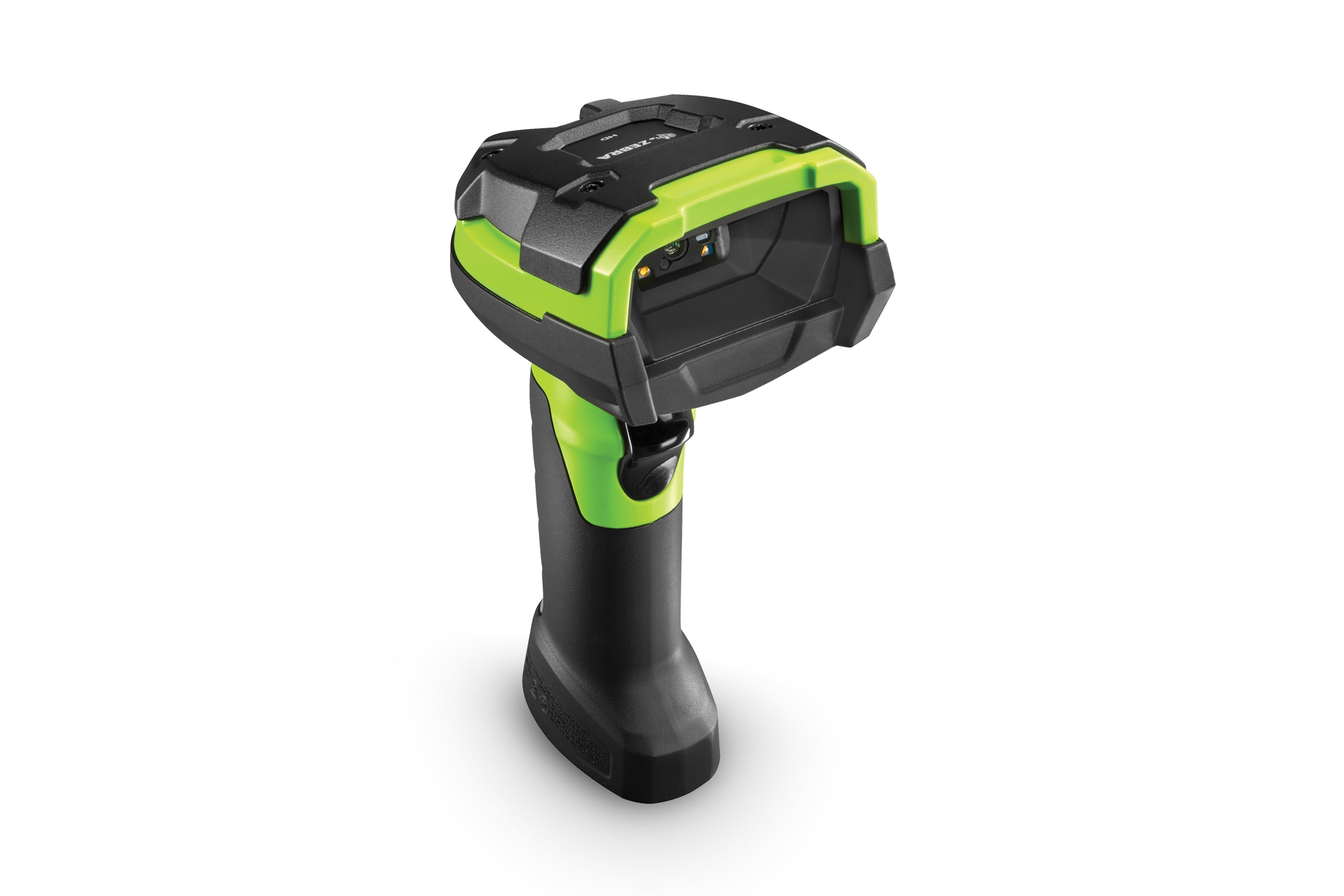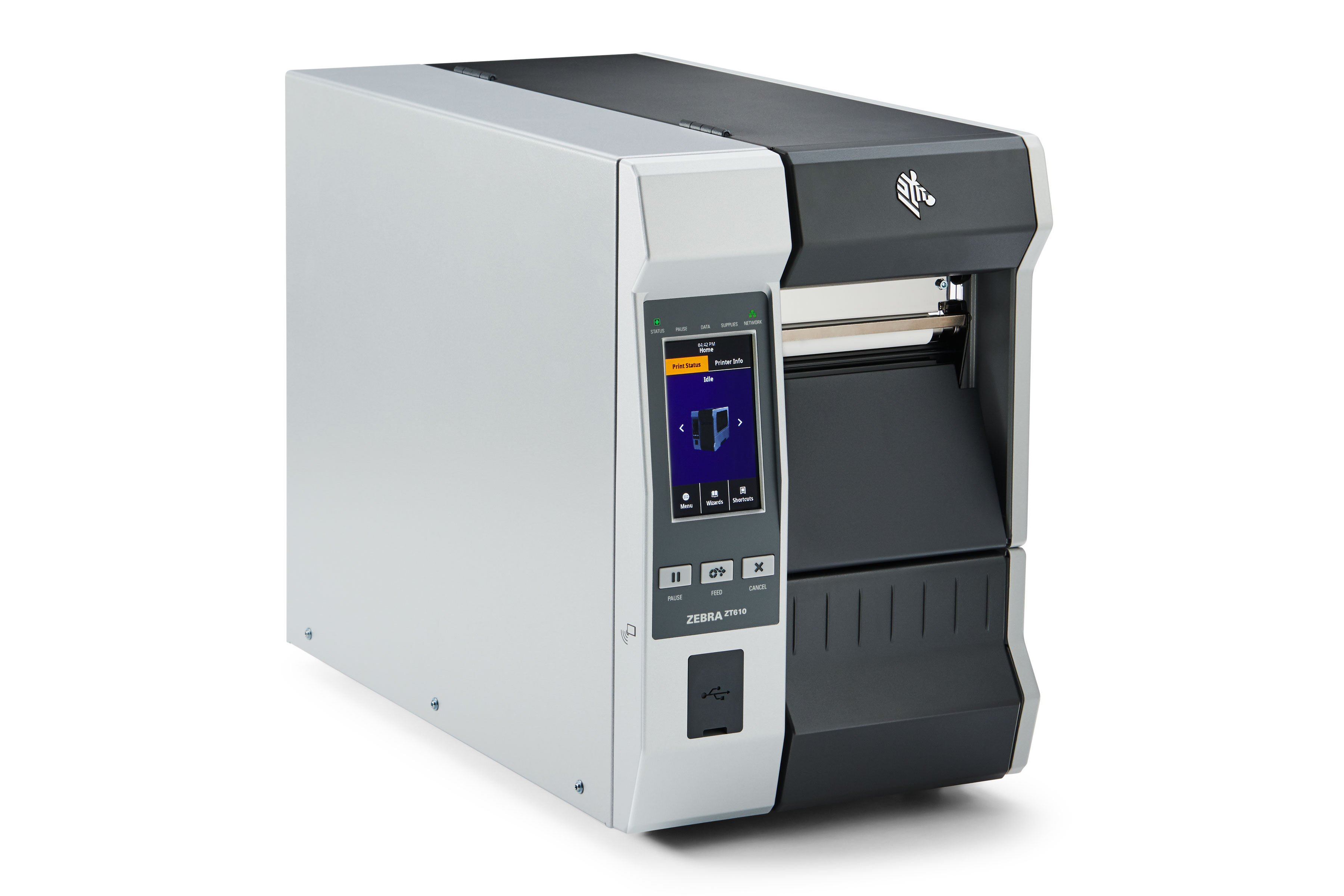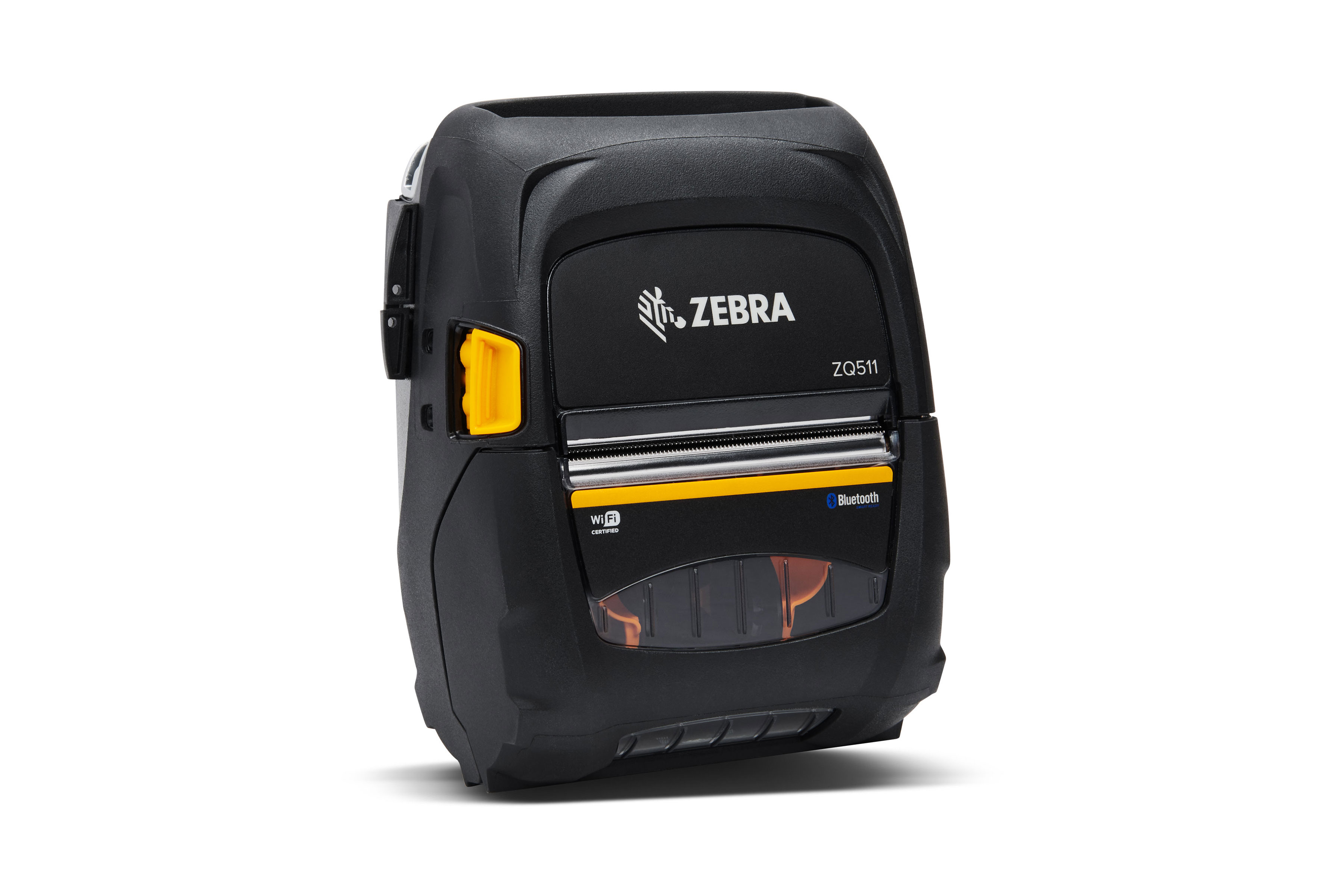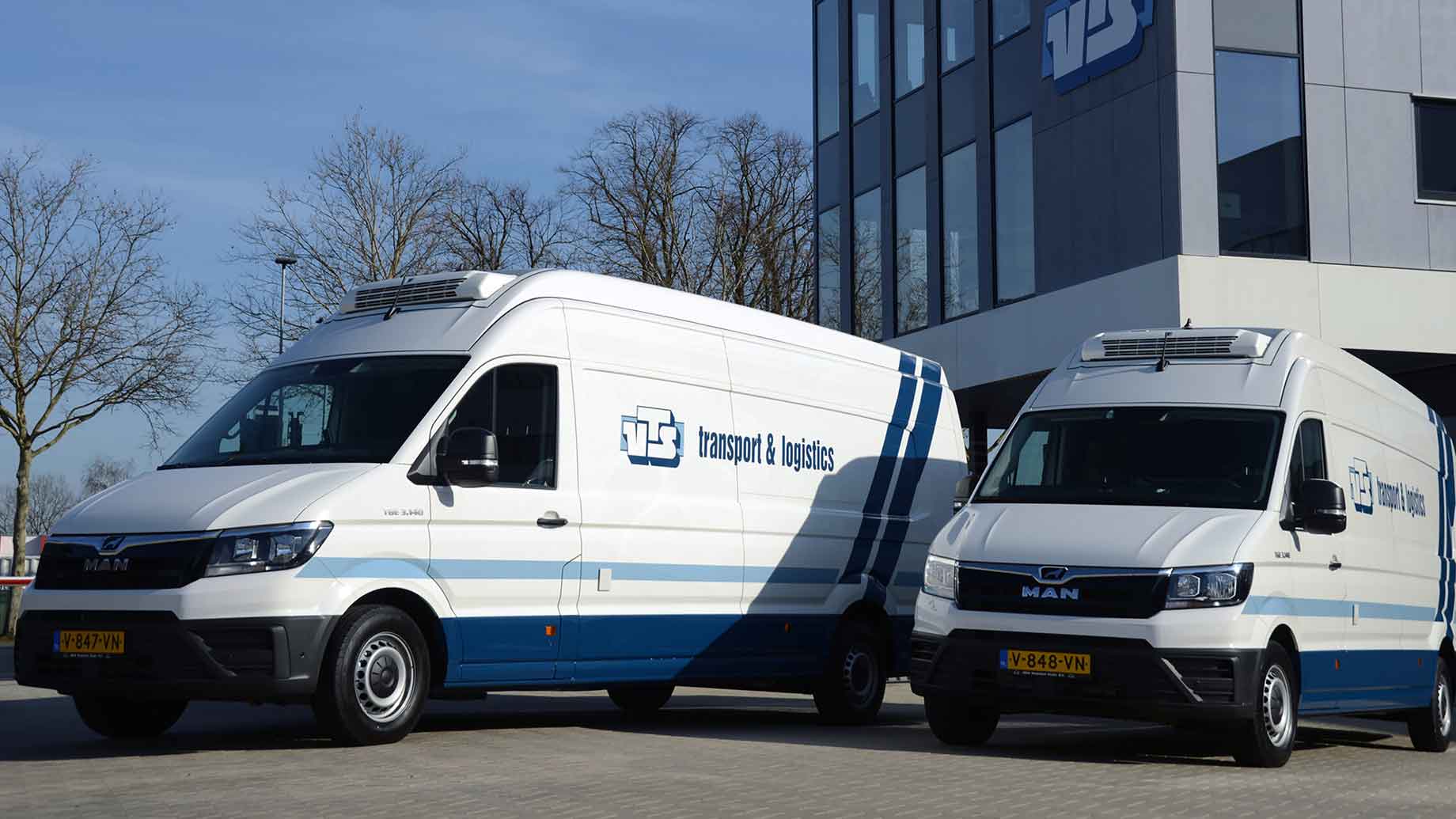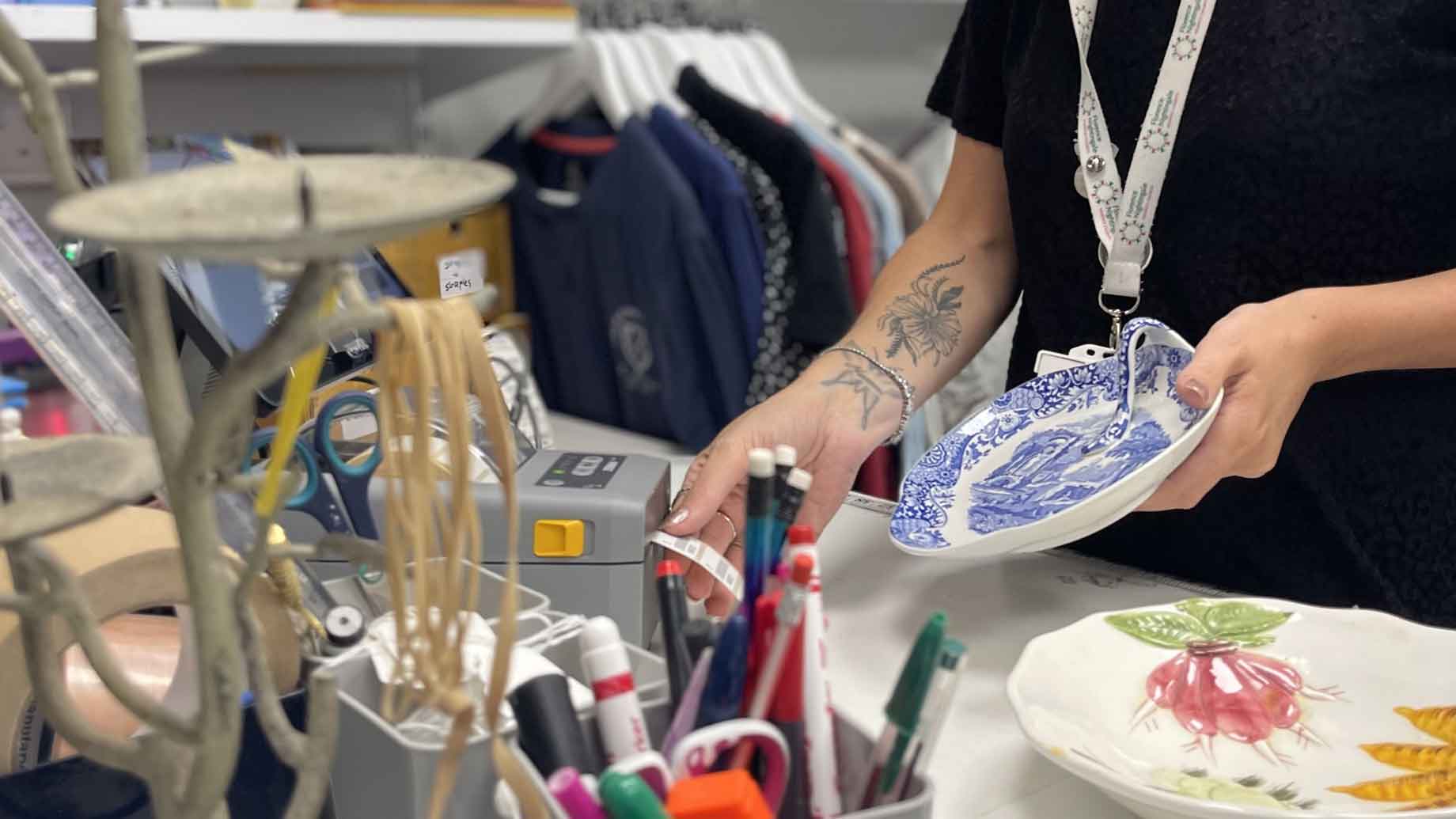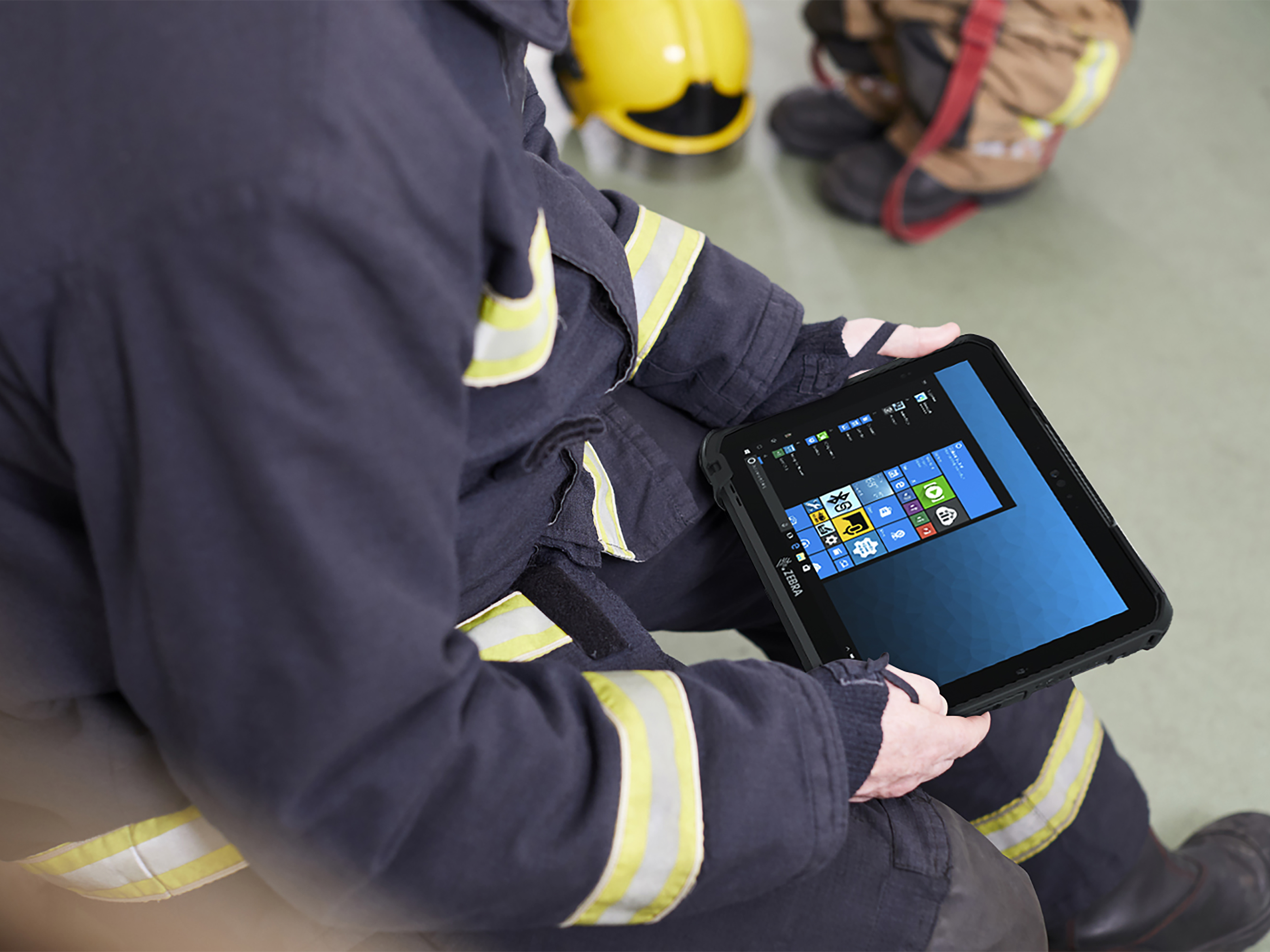Transform retail operations with Zebra’s retail technology solutions, featuring hardware and software for improving inventory management and empowering teams.
Streamline operations with Zebra’s healthcare technology solutions, featuring hardware and software to improve staff collaboration and optimise workflows.
Enhance processes with Zebra’s manufacturing technology solutions, featuring hardware and software for automation, data analysis, and factory connectivity.
Zebra’s transportation and logistics technology solutions feature hardware and software for enhancing route planning, visibility, and automating processes.
Zebra's public sector technology solutions enhance decision-making, streamline operations, and safeguard communities with advanced software and rugged hardware.
Zebra's hospitality technology solutions equip your hotel and restaurant staff to deliver superior customer and guest service through inventory tracking and more.
Zebra's market-leading solutions and products improve customer satisfaction with a lower cost per interaction by keeping service representatives connected with colleagues, customers, management and the tools they use to satisfy customers across the supply chain.
Empower your field workers with purpose-driven mobile technology solutions to help them capture and share critical data in any environment.
Zebra's range of mobile computers equip your workforce with the devices they need from handhelds and tablets to wearables and vehicle-mounted computers.
Zebra's desktop, mobile, industrial, and portable printers for barcode labels, receipts, RFID tags and cards give you smarter ways to track and manage assets.
Zebra's 1D and 2D corded and cordless barcode scanners anticipate any scanning challenge in a variety of environments, whether retail, healthcare, T&L or manufacturing.
Zebra's extensive range of RAIN RFID readers, antennas, and printers give you consistent and accurate tracking.
Choose Zebra's reliable barcode, RFID and card supplies carefully selected to ensure high performance, print quality, durability and readability.
Zebra's rugged tablets and 2-in-1 laptops are thin and lightweight, yet rugged to work wherever you do on familiar and easy-to-use Windows or Android OS.
With Zebra's family of fixed industrial scanners and machine vision technologies, you can tailor your solutions to your environment and applications.
Zebra’s line of kiosks can meet any self-service or digital signage need, from checking prices and stock on an in-aisle store kiosk to fully-featured kiosks that can be deployed on the wall, counter, desktop or floor in a retail store, hotel, airport check-in gate, physician’s office, local government office and more.
Adapt to market shifts, enhance worker productivity and secure long-term growth with AMRs. Deploy, redeploy and optimize autonomous mobile robots with ease.
Discover Zebra’s range of accessories from chargers, communication cables to cases to help you customise your mobile device for optimal efficiency.
Zebra's environmental sensors monitor temperature-sensitive products, offering data insights on environmental conditions across industry applications.
Zebra's location technologies provide real-time tracking for your organisation to better manage and optimise your critical assets and create more efficient workflows.
Enhance frontline operations with Zebra’s AI software solutions, which optimize workflows, streamline processes, and simplify tasks for improved business outcomes.
Empower your frontline with Zebra Companion AI, offering instant, tailored insights and support to streamline operations and enhance productivity.
The everything you need to rapidly and cost effectively develop high-performance AI vision applications on Zebra mobile computers.
Zebra Workcloud, enterprise software solutions boost efficiency, cut costs, improve inventory management, simplify communication and optimize resources.
Keep labour costs low, your talent happy and your organisation compliant. Create an agile operation that can navigate unexpected schedule changes and customer demand to drive sales, satisfy customers and improve your bottom line.
Drive successful enterprise collaboration with prioritized task notifications and improved communication capabilities for easier team collaboration.
Get full visibility of your inventory and automatically pinpoint leaks across all channels.
Reduce uncertainty when you anticipate market volatility. Predict, plan and stay agile to align inventory with shifting demand.
Drive down costs while driving up employee, security, and network performance with software designed to enhance Zebra's wireless infrastructure and mobile solutions.
Explore Zebra’s printer software to integrate, manage and monitor printers easily, maximising IT resources and minimising down time.
Make the most of every stage of your scanning journey from deployment to optimisation. Zebra's barcode scanner software lets you keep devices current and adapt them to your business needs for a stronger ROI across the full lifecycle.
RFID development, demonstration and production software and utilities help you build and manage your RFID deployments more efficiently.
RFID development, demonstration and production software and utilities help you build and manage your RFID deployments more efficiently.
Zebra DNA is the industry’s broadest suite of enterprise software that delivers an ideal experience for all during the entire lifetime of every Zebra device.
Advance your digital transformation and execute your strategic plans with the help of the right location and tracking technology.
Boost warehouse and manufacturing operations with Symmetry, an AMR software for fleet management of Autonomous Mobile Robots and streamlined automation workflows.
The Zebra Aurora suite of machine vision software enables users to solve their track-and-trace, vision inspection and industrial automation needs.
Zebra Aurora Focus brings a new level of simplicity to controlling enterprise-wide manufacturing and logistics automation solutions. With this powerful interface, it’s easy to set up, deploy and run Zebra’s Fixed Industrial Scanners and Machine Vision Smart Cameras, eliminating the need for different tools and reducing training and deployment time.
Aurora Imaging Library™, formerly Matrox Imaging Library, machine-vision software development kit (SDK) has a deep collection of tools for image capture, processing, analysis, annotation, display, and archiving. Code-level customisation starts here.
Aurora Design Assistant™, formerly Matrox Design Assistant, integrated development environment (IDE) is a flowchart-based platform for building machine vision applications, with templates to speed up development and bring solutions online quicker.
Designed for experienced programmers proficient in vision applications, Aurora Vision Library provides the same sophisticated functionality as our Aurora Vision Studio software but presented in programming language.
Aurora Vision Studio, an image processing software for machine & computer vision engineers, allows quick creation, integration & monitoring of powerful OEM vision applications.
Adding innovative tech is critical to your success, but it can be complex and disruptive. Professional Services help you accelerate adoption, and maximise productivity without affecting your workflows, business processes and finances.
Zebra's Managed Service delivers worry-free device management to ensure ultimate uptime for your Zebra Mobile Computers and Printers via dedicated experts.
Find ways you can contact Zebra Technologies’ Support, including Email and Chat, ask a technical question or initiate a Repair Request.
Zebra's Circular Economy Program helps you manage today’s challenges and plan for tomorrow with smart solutions that are good for your budget and the environment.
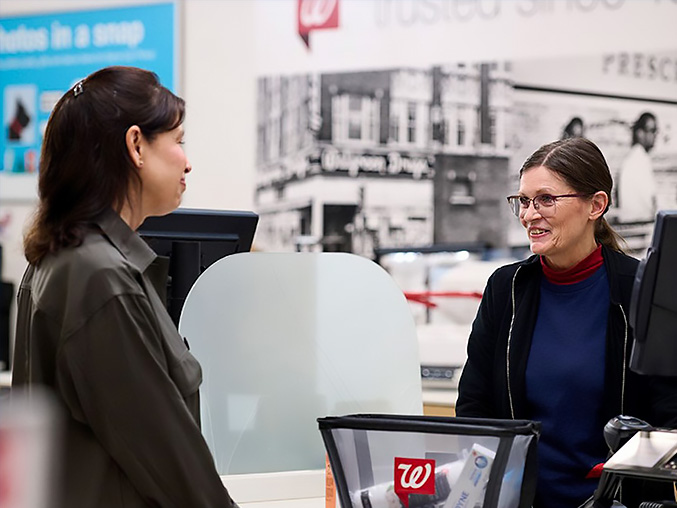
Walgreens Leverages Zebra’s AI-Powered Demand Forecasting to Thrive in Volatile Markets
Walgreens, a prominent retail pharmacy with over 8,000 stores serving eight million customers daily, aimed to enhance its demand forecasting amidst volatile market conditions and rapidly changing consumer behavior.
Zebra Success Story: Walgreens
Overview: Retail Pharmacy Challenge
Collaborating with Zebra, Walgreens implemented Workcloud Forecasting & Analysis, significantly reducing over-forecasting and maintaining high in-stock levels. Walgreens improved forecasting accuracy across 20,000+ SKUs per location and 180 million distribution points, while adapting to evolving consumer behaviors. This initiative aligns with Walgreens’ broader efforts to improve operational efficiency and drive digital transformation.
Benefits / Outcomes
- Reduced forecast error by 15 percentage points
- Decreased over-forecasting from 15% to just 1%
- Achieved 50% reduction in human intervention for forecasting
- Maintained 98% in-stock levels during demand surges
- Enhanced customer satisfaction through improved product availability
Customer
Walgreens
Deerfield, Illinois/USA
Industry
Retail
Solutions
About Walgreens
Walgreens, a leading retail pharmacy serving eight million customers daily across 8,000+ stores, collaborated with Zebra Technologies to reshape its demand forecasting. Beginning in 2017, Walgreens reimagined demand planning by implementing the Zebra Workcloud Forecasting & Analysis solution, reshaping its ability to predict consumer demand, improve product availability and boost operational efficiency across its entire supply chain.
The Challenge
With 124+ years of service to communities, Walgreens manages approximately 20,000 SKUs per location—resulting in 180 million points of distribution that must be properly stocked to satisfy customer demand that can double during peak seasons.
Traditional demand planning methods failed to account for the increasing influence of social media, local events, weather, cold and flu season and rapidly shifting consumer preferences disrupting predictable buying patterns. While previous approaches might consider only three variables per SKU, today’s complex environment requires analyzing 50+ variables—an impossible task for human analysts to manually forecast across millions of individual store-SKU combinations.
“The old ways of demand planning couldn’t see that the customer was changing. It would be naive to think that basic statistical analysis of what happened last time would work when we’re talking to different consumers in different ways,” said Andy Kettlewell, Group Vice President of Inventory and Analytics at Walgreens.
The company’s transfiguration began by changing customer engagement, moving from printed weekly advertisements to leveraging its 100-million-member loyalty program through the Walgreens mobile app. This created new opportunities but required more sophisticated forecasting tools.
The limitations of traditional forecasting methods became increasingly apparent as consumer behavior grew more complex and unpredictable. As Kettlewell explained, “Traditional demand planning is very arrogant. We think about the present retailing price, product promotion and placement. We analyze the last 52 weeks of sales and conclude, ‘That’s going to be my forecast.’ But that’s not enough.”
“It would be arrogant to think that you are the only voice influencing customer demand,” he added. “We need to understand all those other influences in our customers’ lives—whether it’s a viral TikTok, micro-economic factors or different messages they’re receiving—so we can predict behavior and position inventory accordingly.”
Walgreens needed a solution that would adapt to volatile market conditions, incorporate external data beyond traditional metrics and reduce manual forecasting. The ideal system would ensure product availability, support the company’s health and wellness commitment and reach customers personally with localized data.
The old ways of demand planning couldn’t see that the customer was changing. It would be naive to think that basic statistical analysis of what happened last time would work when we’re talking to different consumers in different ways.
Andy Kettlewell, Group Vice President of Inventory and Analytics at Walgreens.
The Solution
To shift its demand planning approach, Walgreens implemented Zebra Workcloud Forecasting & Analysis solution. The AI-powered system integrates multiple data streams to create accurate, unified demand signals across the company’s store network by:
Incorporating external data influences: The platform gathers numerous external data streams—i.e. weather patterns affecting medication demand, social media influencer endorsements, local economic events and nearby venue events—analyzing them alongside traditional retail data to identify correlations and predict demand patterns.
Creating a unified demand signal: The system combines price elasticities, promotional lifts, trends, seasonality and event data to deliver forecasts at the necessary product, geography and time level for all organizational processes.
Deploying adaptive inventory management: Inventory is distributed based on localized predictions, ensuring the right products are in the right stores at the right time during unexpected demand surges.
Enabling seamless integration: The Zebra solution integrates with Walgreens’ existing technology stack, replacing traditional forecasting inputs without disrupting core operational systems.
Supporting end-to-end inventory optimization: Zebra provides AI-driven inventory control with product lifecycle optimization for more effective customer demand response.
Enhancing supplier coordination: The Zebra solution bridges the gap between suppliers and Walgreens by facilitating real-time collaboration and data sharing, allowing suppliers to accurately align their inventory levels with actual consumer demand, thereby minimizing fill rate issues and excess inventory.
Walgreens’ new approach represents a fundamental shift in thinking about inventory management. “We’re not in love with the item; we’re in love with the customer and satisfying that demand. We’re less worried about SKU-level forecast accuracy and more about fulfilling consumer demand. We have a relentless passion to ensure we always have a solution on the shelf when and where it’s needed,” Kettlewell shared.
The Zebra Difference: Outcome and Benefits
Walgreens’ deployment of Zebra Workcloud Forecasting & Analysis solution delivered impressive results:
Dramatic forecast improvement: After implementing Zebra, Walgreens realized a significant improvement in its forecasts, reducing forecast error by 15 percentage points and decreasing over-forecasting from 15% to just 1%.
Enhanced workforce efficiency: The company achieved a 50% reduction in human touches needed for forecast generation, allowing its planning team to focus on strategic decisions rather than routine forecasting tasks.
Real-world responsiveness: During local wildfires in Las Vegas, Walgreens successfully maintained a 98% in-stock level despite a 20% surge in demand for eye drops and face masks. In another instance, utilizing Zebra’s technology, the company uncovered unexpected correlations, such as a rise in allergy relief sales during the Florida Strawberry Festival.
Strategic gains: The company improved customer satisfaction with higher in-stock levels and created a more efficient operating model by redirecting resources from traditional inventory management to data science capabilities.
Walgreens continues expanding AI and machine learning across operations, viewing demand forecasting as a foundation for broader digital transformation. The company considers external data integration essential for success in modern retail environments.
“It’s really about thinking across your entire enterprise and its workflows. Understanding this end-to-end flow is what I see as one of our crucial imperatives over the next three to five years,” Kettlewell said.
“AI will become as ubiquitous in demand planning, supply chain planning and execution as computers are in today’s workplace. For those still using traditional methods—if you think your customer is static, stay still. But if you believe your customer is changing and there are other voices and influencers on demand, you’ll need to think differently,” Kettlewell concluded.
Featured Products and Solutions
Related Resources
Legal Terms of Use Privacy Policy Supply Chain Transparency
ZEBRA and the stylized Zebra head are trademarks of Zebra Technologies Corp., registered in many jurisdictions worldwide. All other trademarks are the property of their respective owners. Note: Some content or images on zebra.com may have been generated in whole or in part by AI. ©2025 Zebra Technologies Corp. and/or its affiliates.
